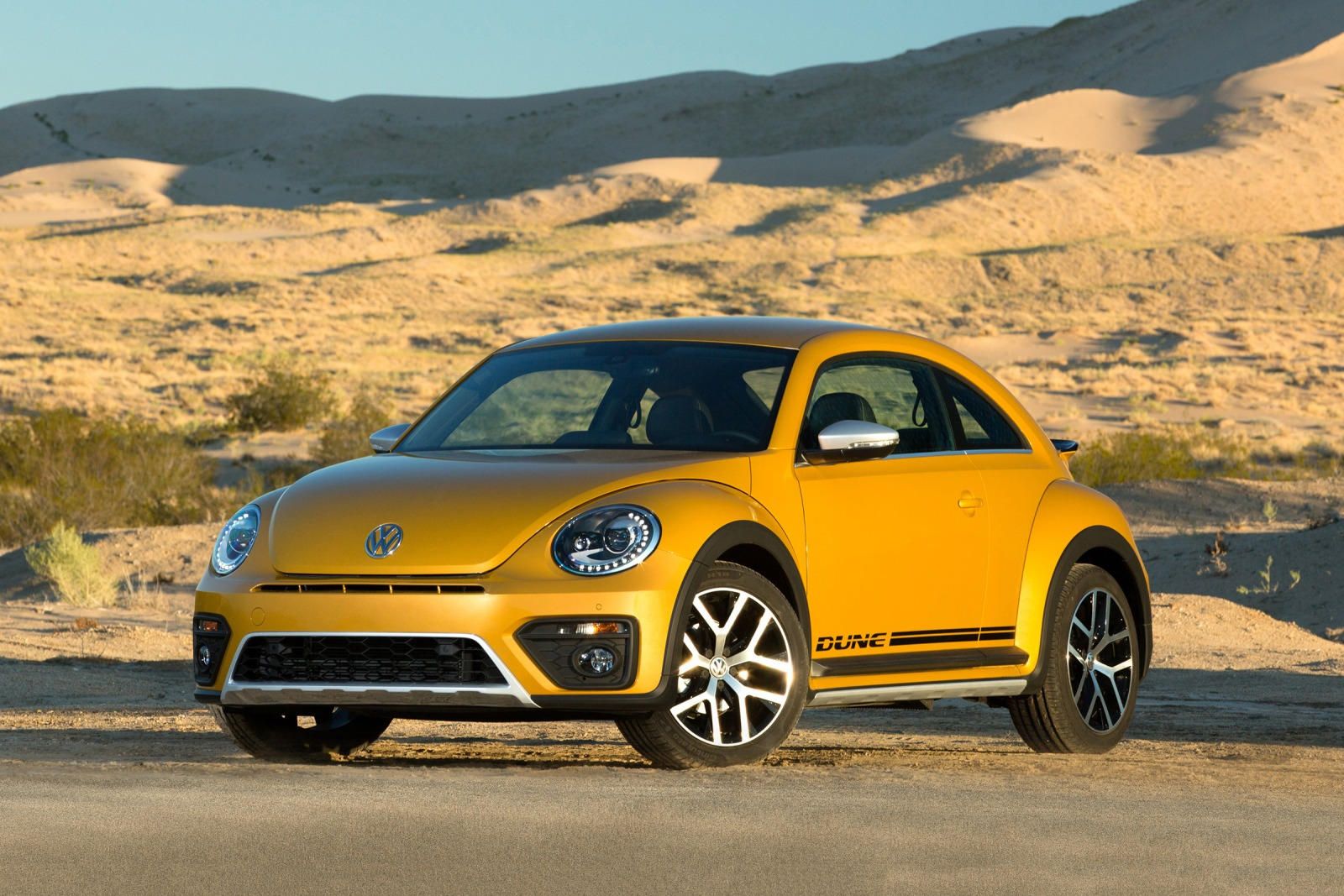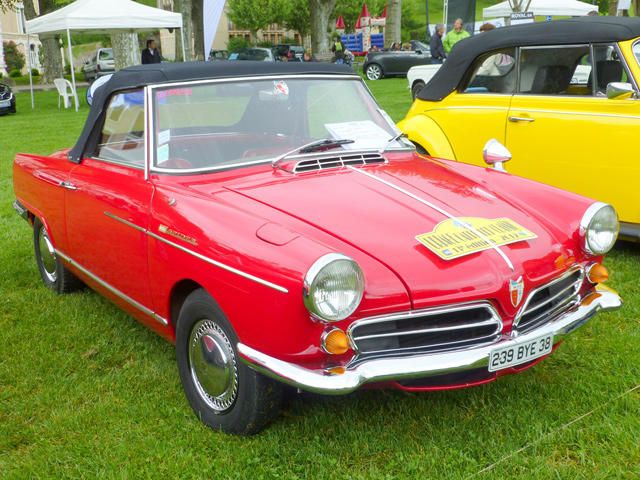
We've covered cars that set huge trends in the automotive world, but not every innovative car sets the world on fire. This series is about cars which were something the world had never seen before, but which didn't revolutionize the industry. Some of them were reasonably successful, and some even started their own niche. One such a car is the NSU Spider. Although Mazda might currently be the company you associate with rotary engines, it all started here.
The rotary engine was developed by engineer Felix Wankel, who received his first patent for the engine in 1929. But as you may have guessed from the silliness of Mr. Wankel's name, he was German, and with the notable exception of the Volkswagen Beetle, the years just prior to WWII were not good ones for securing funding for non-military vehicle development in Germany. So it wasn't until The Fifties when serious work began on developing a rotary engine for automotive use. The research was headed up by Wankel at the laboratories of a company called NSU. This was a marque which had gotten its start in 1873 making knitting machines.
They branched out into motorcycles in 1901 and cars in 1905. They would be bought by VW in 1969 and folded into Auto Union, which would in turn be absorbed by Audi. But NSU was going strong in 1957, and it was in this year that they built their first working rotary prototype. NSU then licensed the technology to a number of different manufacturers and the race was on to be the first manufacturer to bring a rotary car to market. Unsurprisingly, the biggest competitor was Mazda, and although they had a working rotary concept car up and going before NSU, it was the NSU Spider which became the first rotary car to hit dealerships in 1964.
An interesting thing about the Spider is how almost completely uninteresting it was. Here was a car with an absolutely revolutionary engine and looked and handled just like any other small European convertible of its time. Of course, by today's standards, there were some fairly odd things about the Spider. The engine was actually rear-mounted, a normal thing for NSU and something other German brands were doing at the time. This meant the fuel tank was actually in the front, although there is still little on the exterior to hint at this weirdness. The Spider's engine produced 50 horsepower, a reasonable if not stellar amount for a car weighing just 1,500lbs.
But what is more remarkable is that this 50 horsepower was coming from an engine which displaced just 498cc. That's considerably more power per liter than any road-going engines at the time were producing, and isn't a bad figure for today's piston engines. The volumetric efficiency was nice, but the real advantage of the rotary engine was that it was quiet and it ran smoothly. So NSU decided soon after building the Spider to move up to building a rotary car which was bigger and more luxurious. Only 2,375 units of the Spider were built in its short production run from 1964 to 1967 as nobody expected the Spider to be a big seller.
NSU thought it a triumph to have sold the car at all. The intended volume seller was the car which was to come next, and this is where things start to deteriorate. The bigger car was called the Ro 80, and terrible naming aside, it was a highly advanced car for its time. Though the Spider had used a single-rotor engine, the Ro 80 upgraded to a twin-rotor plant which displaced 1L and produced 113 horsepower. In addition to having what was still a new and innovative type of engine at the time, the Ro 80 also had a semi-automatic transmission with a vacuum-operated clutch and no clutch pedal. The car was also exceptionally aerodynamic, and even fairly attractive.
It sold much better than the Spider, especially during the first few years of sales. But then reports started coming in about reliability problems, including engines which needed to be rebuilt after just 30,000 miles. Like many early rotaries, the engine in the Ro 80 suffered from apex seal failure. The sad fate of so many cars which were ahead of their time also befell the Ro 80. In fact, it took all of NSU down with it. Warranty repairs on rotary engines destroyed the company financially, thus opening the door for them to be bought out by VW in 1969. However the Ro 80 stayed in production until 1977, with 37,398 units produced.
Thankfully, the rotary engine didn't die with NSU, as Mazda continued to evolve the concept, even in the absence of any rotary competition. Mazda have done some really excellent work with the Wankel, and continues to develop the oddball engine design in its R&D centers. With a little luck, we'll be seeing a new RX-7 packing rotary power in the coming years.

